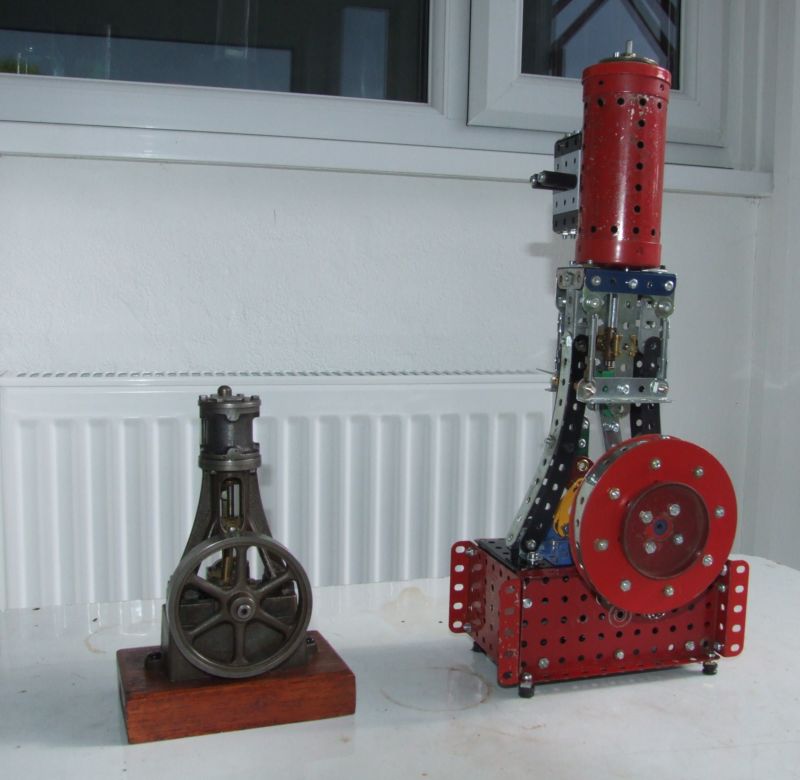Pulsed engines provide high efficiency, output power, low fluctuations
Ars Technica » Scientific Method 2018-09-25

Enlarge / Neither of these steam engines get close to the Carnot efficiency. (credit: Les Chatfield)
Almost all of modern physics comes down to understanding steam engines. Yes, we have all sorts of fancy laws about the Universe and atoms, but thermodynamics rules them all (and not in Sauron’s benevolent dictatorship style). When thermodynamics slaps you, you feel it. In a new theory paper, a pair of physicists have risked a slapping by nature. They’ve proposed a heat engine that may be practical—for a given value of practical—and operate very close to the limits of physical law.
Carnot rules
One famous limit of thermodynamics is that heat engines, like steam engines and internal combustion engines, must be less efficient than a Carnot heat engine (a heat engine cycle designed by French engineer Carnot). Although the Carnot efficiency is very easy to calculate, building an engine that operates at that efficiency is highly impractical.
It's not just the impractical mechanics of such an engine. The very nature of the engine suggests that the ideal operating efficiency is achieved only for zero output power. Not very useful, in so many words. But it gets even less useful than that. By delving into the details, you find that as the output power approaches zero, the fluctuations in output power get very large. In other words, even if we could construct such an engine, it would run erratically and drive the operator insane.